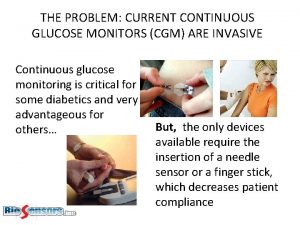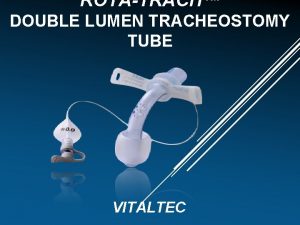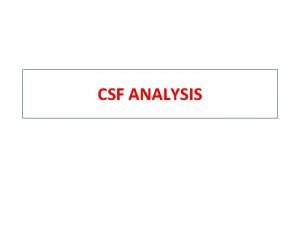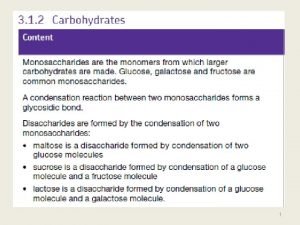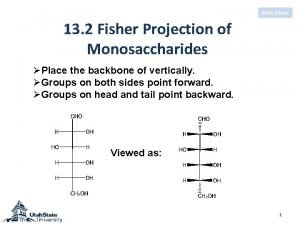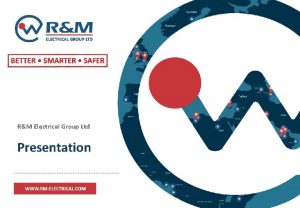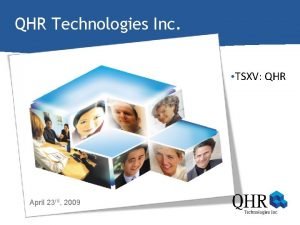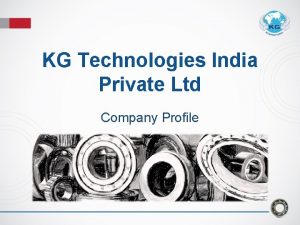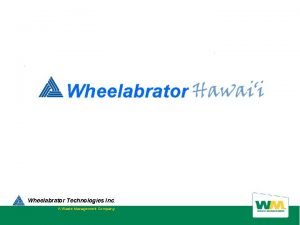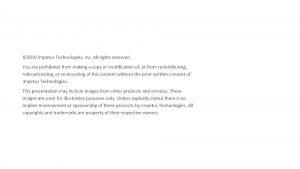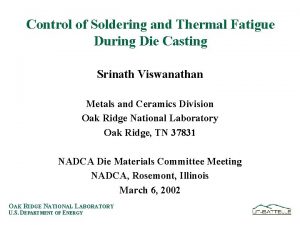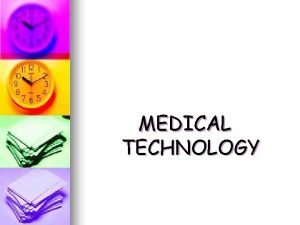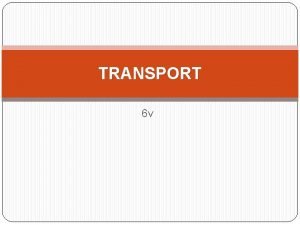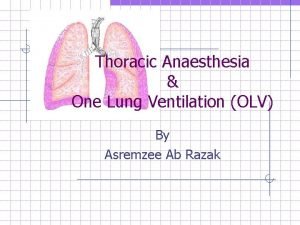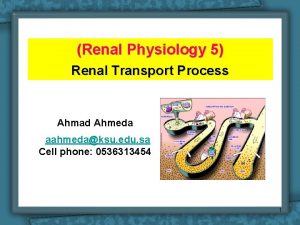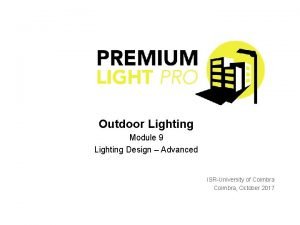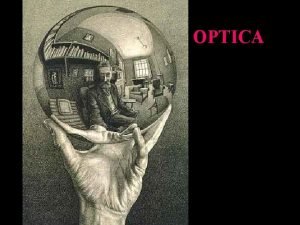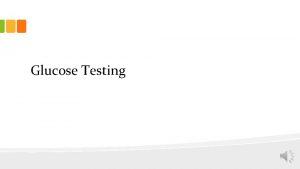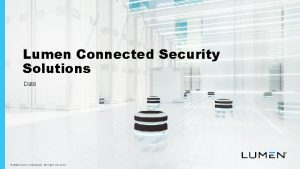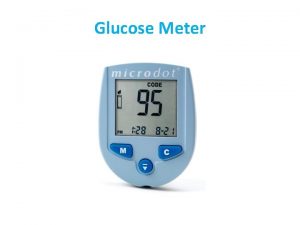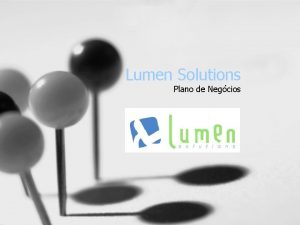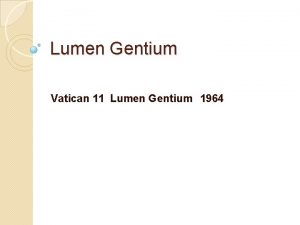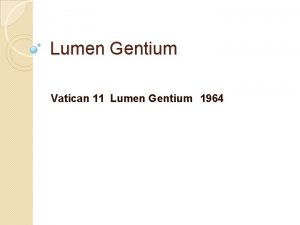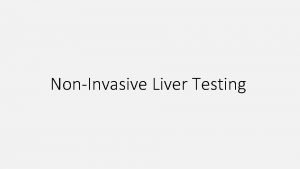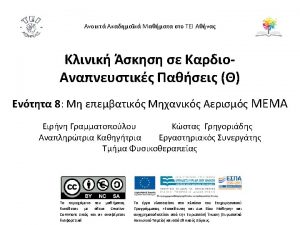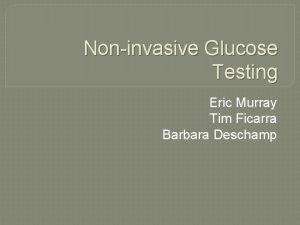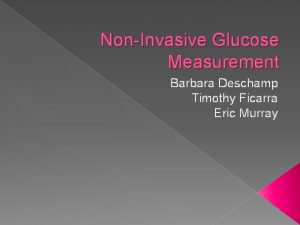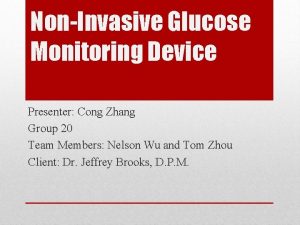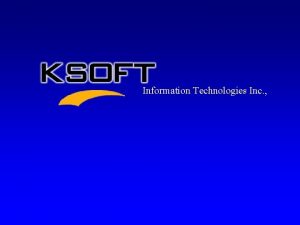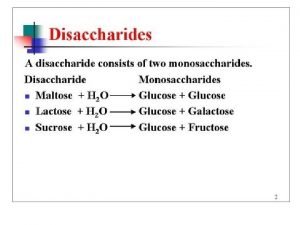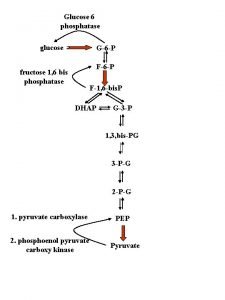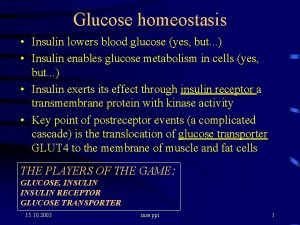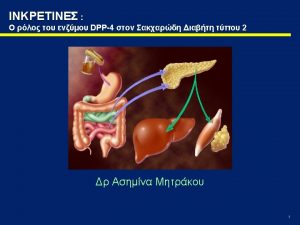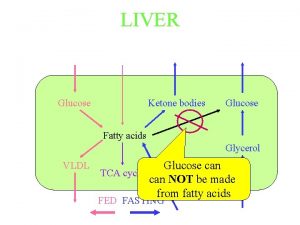Lumen Medical Technologies Inc Team Presentation NonInvasive Glucose



![Introduction: Estimated Direct Costs of Treating Diabetes in British Columbia, Canadian Diabetes Association [1] Introduction: Estimated Direct Costs of Treating Diabetes in British Columbia, Canadian Diabetes Association [1]](https://slidetodoc.com/presentation_image/1c82e1836e028db8a6278b465db5305e/image-4.jpg)
![Introduction: A June 2005 online survey of Canadian Diabetes Association members revealed: [1] – Introduction: A June 2005 online survey of Canadian Diabetes Association members revealed: [1] –](https://slidetodoc.com/presentation_image/1c82e1836e028db8a6278b465db5305e/image-5.jpg)
























![References: • [1] Canadian Diabetes Association, Diabetes Report, 2005. [online]. Available: http: //www. diabetes. References: • [1] Canadian Diabetes Association, Diabetes Report, 2005. [online]. Available: http: //www. diabetes.](https://slidetodoc.com/presentation_image/1c82e1836e028db8a6278b465db5305e/image-30.jpg)


- Slides: 32


Lumen Medical Technologies Inc. Team Presentation Non-Invasive Glucose Measuring Device Members: Mehdi Abdollahi Jeff Chen Graham Laverty Deema Annyuk Connor Gillan Tony Tsai

Lumen Medical Technologies Inc. • • • Introduction Vision System Description Test Results Problems Encountered Project Finances Production Cost Conclusion Questions?
![Introduction Estimated Direct Costs of Treating Diabetes in British Columbia Canadian Diabetes Association 1 Introduction: Estimated Direct Costs of Treating Diabetes in British Columbia, Canadian Diabetes Association [1]](https://slidetodoc.com/presentation_image/1c82e1836e028db8a6278b465db5305e/image-4.jpg)
Introduction: Estimated Direct Costs of Treating Diabetes in British Columbia, Canadian Diabetes Association [1] • In British Columbia, approximately 248, 000 people are known to be living with diabetes. • The number is expected to increase to 305, 000 by 2010. • In 2004, diabetes cost B. C. ’s health care system $760 million, which is more than $2 million a day. • The complications of diabetes include heart disease and stroke, kidney disease, amputation and blindness. (There are more than 1, 000 amputations each year in B. C. )
![Introduction A June 2005 online survey of Canadian Diabetes Association members revealed 1 Introduction: A June 2005 online survey of Canadian Diabetes Association members revealed: [1] –](https://slidetodoc.com/presentation_image/1c82e1836e028db8a6278b465db5305e/image-5.jpg)
Introduction: A June 2005 online survey of Canadian Diabetes Association members revealed: [1] – Over one in two Association members with diabetes (52%) reported that they pay personally for diabetes medications and supplies. – Almost one in two (46%) of Association members reported paying out-of-pocket expenses between $50 and $200 per month; one in four (25%) spent less than $50 a month. – Almost one in four (24%) of Association members reported there were diabetes drugs, supplies or devices that their doctor recommended, but that they could not afford to purchase and could not access through their insurance plan. – Those under age 40 with type 1 diabetes were more likely to be unable to afford medications and supplies recommended by their doctors.

Introduction: • The current devices require blood samples. – – – Painful Inconvenient Messy Risk of infection, other implications Must buy test strips (very costly – approximate $1 each) Solution? A non-invasive device

Vision: At Lumen Medical Technologies, we believe in using innovative solutions to build a device that can measure a patient’s blood sugar level without the need for any blood samples. This device can detect blood glucose concentration on skin contact.

Radio Frequency Spectroscopy: • A source of electromagnetic signals - preferably a high frequency pulse train that is rich in harmonics that generates a comb spectra is coupled via a probe pair to a sample that contains the target chemical. • The spectra of the original signal is then compared with the spectra of the signal that passed through the solution. • The signal that travels through the solution can have spectra with different energy levels than were present in the source signal. For example, some harmonic frequencies of the transmitted source signal may be returned attenuated or even amplified, probably due to certain non-linear dielectric processes occurring within the sample.

System Description: Oscillator Receiver Transmitter BP filter Amplifier Phase/Gain comparator Amplifier ADC/LCD Driver LCD Display

System Description: • Digital vs. Analog – Why we chose analog: • Gain experience on analog design • Contain the size of the project • Cost

Oscillator: ECS Inc. - ECS 100 AC The fundamental frequency is 10 MHz. The oscillator is designed with 2 nd overtone, 3 rd harmonic.

Oscillator:

Possible Solutions for the overshoot problem in the square wave • Schmitt Trigger • Improper loading will cause the overshoot. We need the probe capacitance way below 15 p. F, however, the minimum probe capacitance we have is 16 p. F.

System Description: Oscillator Receiver Transmitter BP filter Amplifier Phase/Gain comparator Amplifier ADC/LCD Driver LCD Display

Band-pass Filter: • • • Centre Freq = 30 MHz Bandwidth = 500 k. Hz Pass Band Ripple = 1 d. B

Band-pass Filter: • Expected Response

Band-pass Filter: • Actual Response 1 d. B 30 MHz

System Description: Oscillator Receiver Transmitter BP filter Amplifier Phase/Gain comparator Amplifier ADC/LCD Driver LCD Display

Amplifier: • Gain=3

System Description: Oscillator Receiver Transmitter BP filter Amplifier Phase/Gain comparator Amplifier ADC/LCD Driver LCD Display

Phase/Gain Comparator: Ideal Transfer Characteristics

System Description: Oscillator Receiver Transmitter BP filter Amplifier Phase/Gain comparator Amplifier ADC/LCD Driver LCD Display

LCD Driver/Display: • 0 -2 V input range • Low power consumption (500 u. A at 9 V) • Low battery indicator built in

Test Solutions: • Human blood has 4 -10 mmol/L of glucose • Samples from 0 (Control) to 4, 6, 8, 10, High • Chem stores: dilute, dilute • Less than 1 m. L per 50 m. L – had to get special small 1 m. L pipet • Very thorough mixing

Test Results: • Non Linear (can use stock solutions for calibration) • Promising

Problems Encountered: • • • Wasted funds Timing issues Noise/Interference

Finances: • Total funding: $400 • Costs: $387. 41 • Balance: $12. 59

Production Cost: • • Screen/LCD Driver: $10 Gain Detection Unit: $30 Signal Generator: $2 Misc components: $5 – Cost (non bulk): $47

Conclusion: • Inconclusive results • Require additional development and testing • Emerging market with no major players – Still time for development
![References 1 Canadian Diabetes Association Diabetes Report 2005 online Available http www diabetes References: • [1] Canadian Diabetes Association, Diabetes Report, 2005. [online]. Available: http: //www. diabetes.](https://slidetodoc.com/presentation_image/1c82e1836e028db8a6278b465db5305e/image-30.jpg)
References: • [1] Canadian Diabetes Association, Diabetes Report, 2005. [online]. Available: http: //www. diabetes. ca/section_advocacy/index. asp [accessed: April 16, 2006] http: //www. freepatentsonline. com/5508203. html

Q&A:

you! Thank you!
 Noninvasive glucose meter
Noninvasive glucose meter Trachestomy tube
Trachestomy tube Albumin index
Albumin index A vs b glucose
A vs b glucose Glucose estimation principle
Glucose estimation principle Aldohexos
Aldohexos R&m lumen electrical inc
R&m lumen electrical inc Qhr technologies inc
Qhr technologies inc Hamilton technologies inc
Hamilton technologies inc Kedar gupta dubai
Kedar gupta dubai Waste to energy technology
Waste to energy technology Tech101 technologies inc
Tech101 technologies inc Impetus technologies inc
Impetus technologies inc Ezteller
Ezteller Dynamics gp raleigh
Dynamics gp raleigh Tte casting technologies inc
Tte casting technologies inc Medical technologies definition
Medical technologies definition Team spirit becomes team infatuation
Team spirit becomes team infatuation Team spirit becomes team infatuation
Team spirit becomes team infatuation The white team cheers for the blue team, just like
The white team cheers for the blue team, just like Tri tech medical
Tri tech medical Burlington medical supplies
Burlington medical supplies Case medical inc
Case medical inc Team multimedia presentation
Team multimedia presentation Team meeting presentation template
Team meeting presentation template Team capability presentation
Team capability presentation Regulation of tubular reabsorption
Regulation of tubular reabsorption Functie halvemaanvormige kleppen
Functie halvemaanvormige kleppen Double lumen tube sizing
Double lumen tube sizing Transport maximum
Transport maximum Double lumen picc line one is clogged
Double lumen picc line one is clogged Isolux diagram for finding luminance on road surface is
Isolux diagram for finding luminance on road surface is Candela unidad de medida simbolo
Candela unidad de medida simbolo
